In an age of shrinking attention spans, generic presentations fall flat. Whether you’re pitching a product, presenting a keynote, or teaching – your message must be tailored to resonate.
That’s why tailoring the message to your target audience is not just important – it’s essential. And guess what? Artificial intelligence can be a game-changer in making that happen.
Let’s explore what AI can offer to help make a presentation engaging and impactful for a particular audience.
Another critical aspect of a successful presentation is storytelling. Check out our article on how AI tools can assist in creating an effective narrative.
Why Tailoring Your Presentation Matters
Imagine explaining advanced tech jargon to a group of school kids or using overly simplistic language at an industry conference. Not great, right?
A presentation that doesn’t speak the audience’s language, address their pain points, or match their expectations is unlikely to make an impact. Tailoring ensures that your message resonates, builds trust, and encourages engagement.
When you customize your presentation, you’re not just delivering content – you’re delivering relevance. This makes your ideas stick, increases the likelihood of action, and shows respect for your audience’s time and intelligence.
How AI Makes Customization Easier
Enter AI. What used to take hours of manual research and tweaking can now be streamlined thanks to smart tools that understand context, the audience behavior, and content structure. Here are a few ways AI can help adapt presentations for specific target groups:
1. Audience Analysis
AI tools can analyze online data to build psychographic profiles of your audience. Whether you’re speaking to executives or creatives, these tools can suggest communication styles, tone, and even vocabulary that align with your listeners’ preferences.
For example, Humantic AI is a Buyer Intelligence platform for revenue teams. Its Personality Prediction AI builds a buyer profile and provides a comprehensive set of insights into any buyer which can be invaluable in creating pitch decks.
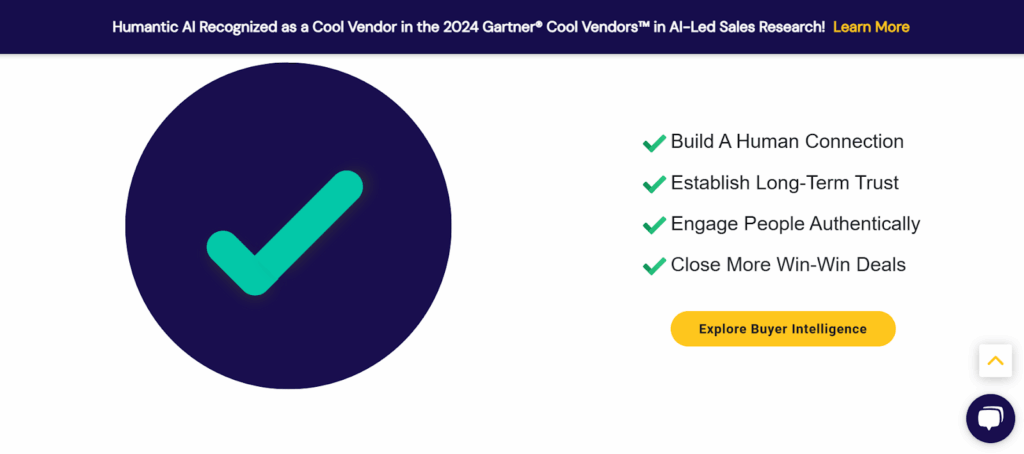
2. Visual Personalization
AI also enhances visual storytelling by adapting the look and feel of presentations to suit the target audience.
AI tools can adjust visuals based on keywords related to your audience segment (like age group, industry, or education level).
Wonderslide analyzes your content and automatically selects appropriate design elements – like color schemes, layouts, and icons – tailored to your audience’s preferences, whether it’s corporate, educational, or creative.
A vast library of designs makes it easy to customize the slides and make them visually attractive for a specific target audience.
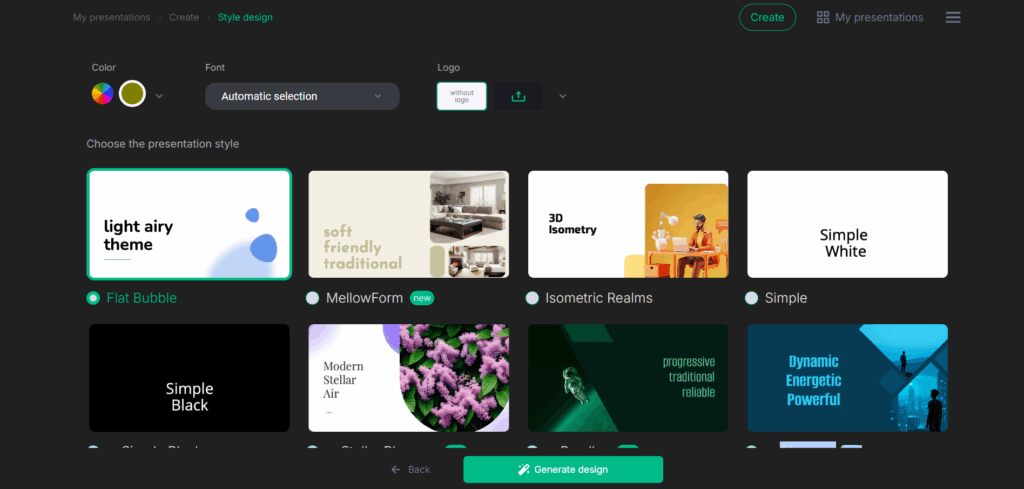
Tome uses AI to generate narrative-driven slides with dynamic visuals, adjusting tone and style to match the context and audience type. That makes presentations feel more relevant, engaging, and polished, whether it’s a Fundraising Pitch

or a student’s Research Report.
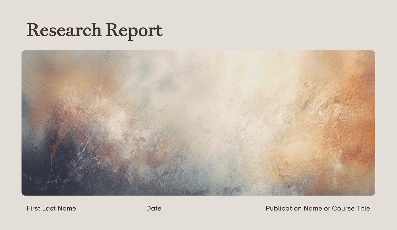
Using Image Generators is another way to tailor a presentation to a specific audience. We recommend our article which explores this area extensively.
3. Language and Tone Adjustment
AI-powered writing assistants can modify the tone and the style of your script – depending on who’s in the room. This ensures your content sounds natural, engaging, and clear.
ChatGPT, for example, upon request of creating an outline for a presentation on opening a flower shop with the target audience of young entrepreneurs, can offer the following outcome:
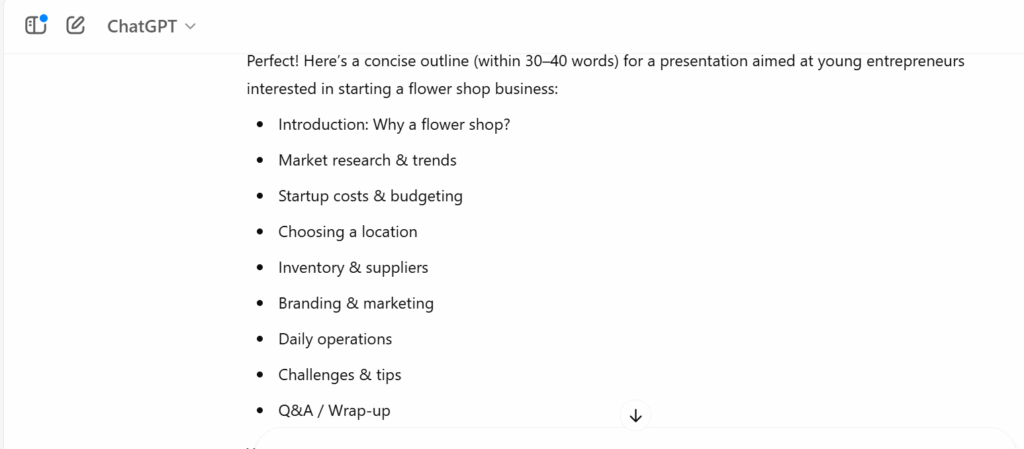
The same request with the target audience being a group of investors provides a different result:
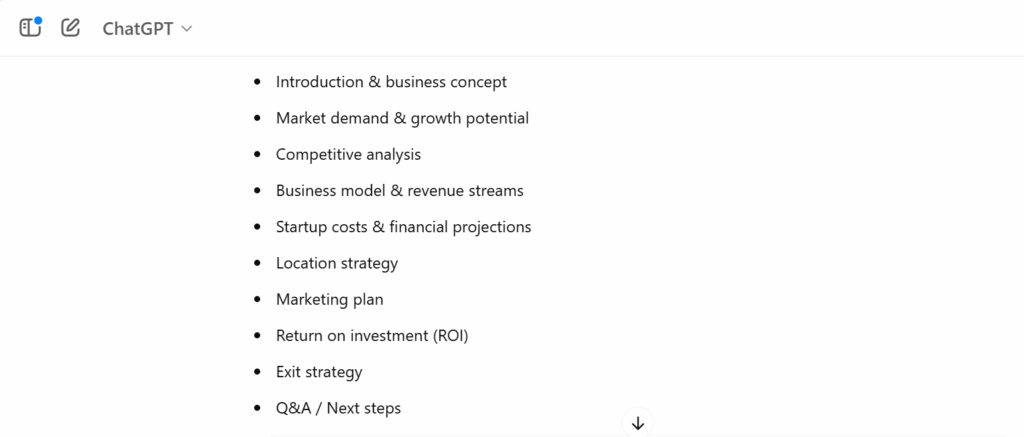
4. Real-Time Feedback and Suggestions
Some AI tools offer AI-driven feedback on your pacing, tone, and filler words as you rehearse. It’s like having a virtual coach that helps fine-tune your delivery to the target audience for better impact.
Microsoft PowerPoint’s Presenter Coach not only provides on-screen guidance but also offers a rehearsal report at the end, like the one below.
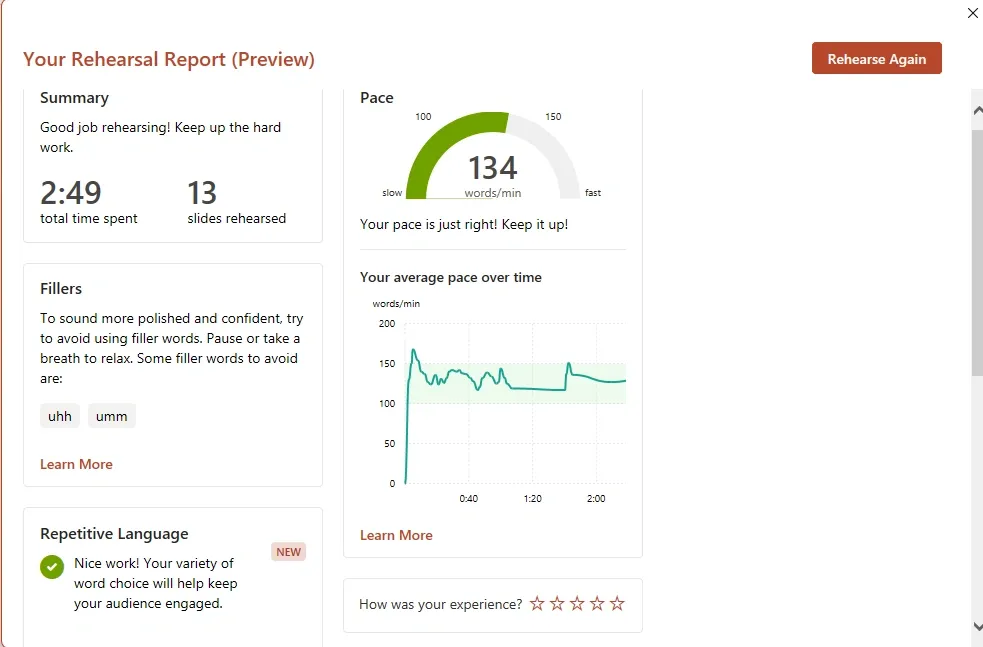
The Human Touch Still Matters
As impressive as AI is, it’s not a substitute for emotional intelligence, intuition, and experience. AI can suggest, assist, and automate – but only you can feel the room, respond to subtle cues, and connect on a personal level.
Understanding cultural context, reading body language, and injecting humor or empathy – these are all human strengths that remain crucial to presentation success.
Moreover, the ethical use of AI is your responsibility. Tools can suggest strategies, but it’s up to you to ensure the content remains honest, respectful, and inclusive.
Final Thoughts
Tailoring a presentation to your target audience is not a luxury – it’s a necessity. And thanks to AI, doing so is accessible and efficient.
AI tools analyze audience data, personalize content, and refine delivery, empowering you to create presentations that truly connect.
But don’t forget the human element. The best presentations combine the precision of technology with the warmth of human connection. When AI and humanity work together, your message isn’t just heard – it’s remembered.